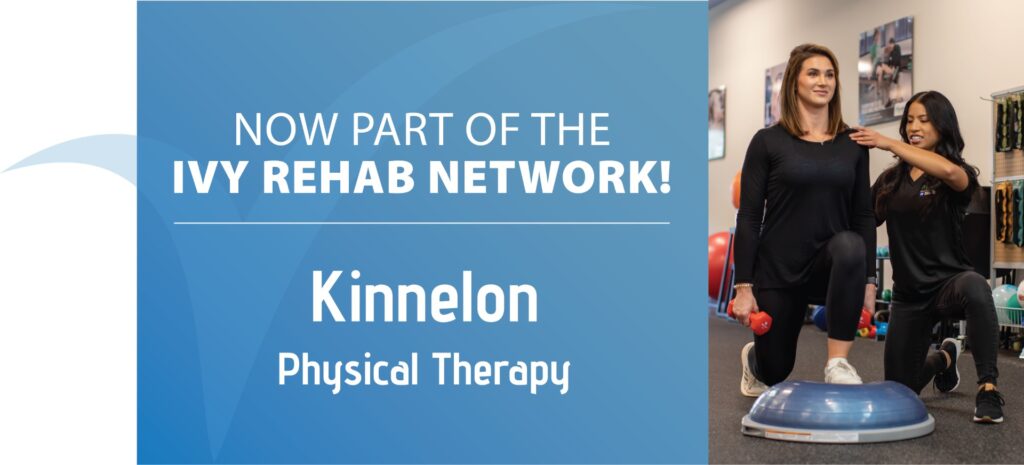Shoulder impingement syndrome is a common source of shoulder pain that can limit movement and make everyday tasks uncomfortable. Understanding what causes it, how it’s treated, and ways to prevent it can help you recover faster, especially if your work or hobbies rely on strong, healthy shoulders.
What is Shoulder Impingement Syndrome?
An impingement happens when soft tissue in the shoulder becomes “pinched” between the collarbone (clavicle) and the upper arm bone (humerus). This irritation can make reaching overhead, carrying items, or even simple daily movements painful.
Types of Shoulder Impingement
Impingement is generally categorized as either primary, secondary, or posterior shoulder pain. These can be broken down as follows:
- Primary impingement syndrome – Caused by natural wear and tear of the shoulder joint.
- Secondary impingement syndrome – Results from muscle weakness, imbalance, or shoulder instability.
- Posterior or internal impingement syndrome – Often affects overhead athletes (like swimmers, volleyball players, and tennis players) and is typically linked to tightness in the shoulder joint capsule.
Causes of Posterior Shoulder Impingement
Posterior or posterosuperior shoulder impingement syndrome can develop from repetitive movements or underlying muscles and joint issues. Common causes include:
- Repetitive overhead motions – Frequent arm movements can irritate the shoulder joint over time.
- Poor posture – Rounded or slouched shoulders can increase stress on the shoulder structures.
- Muscle weakness or imbalance – Weak rotator cuff or scapular stabilizers may cause instability.
- Joint capsule tightness – Limited mobility in the capsule restricts shoulder movement.
- Improper biomechanics – Faulty movement patterns can place unnecessary strain on the joint.
Symptoms of Posterior Shoulder Pain
Posterior shoulder pain, or discomfort felt at the back of your shoulder, can appear gradually or suddenly depending on the cause. Pain often develops due to muscle strain, joint irritation, or overuse injuries related to sports, posture, or repetitive movements. Common symptoms of posterior shoulder instability or pain include:
- A dull ache or sharp pain in the back of the shoulder, especially with overhead or behind-the-back movements.
- Shoulder weakness, stiffness, or reduced range of motion.
- Tenderness or tightness around the shoulder blade or upper back.
- Pain when reaching, lifting, or throwing, often described as a “pinching” or “catching” sensation.
- Discomfort that worsens after long periods of sitting or slouching.
If pain interferes with daily activities or exercise, a physical therapist can help identify what’s causing it and design a plan to relieve pain and restore mobility.
Diagnosing Shoulder Impingement
A thorough evaluation of shoulder impingement syndrome requires a detailed understanding of your symptoms, lifestyle, and movement patterns:
- Initial Checkup – Your doctor or physical therapist will discuss your symptoms, when they started, and which movements make them worse.
- Physical Exam – They’ll assess your posture, shoulder alignment, and range of motion to find tight or weak areas contributing to pain. Specific tests such as the Neer Test or Hawkins-Kennedy Test may be used to confirm the diagnosis.
- Joint Assessment – Your therapist may evaluate shoulder capsule flexibility to see if restricted movement is causing friction between tendons and bones.
- Imaging Tests – X-rays or MRIs may be ordered to rule out bone spurs, inflammation, or other joint issues.
This hands-on, personalized approach ensures you get the right diagnosis — and the right plan to restore healthy shoulder function.
Treating Shoulder Impingement
Treatment for posterior shoulder impingement focuses on restoring proper movement, reducing inflammation, and strengthening the muscles that stabilize the shoulder. Therapy often begins with stretching the chest and neck muscles and strengthening the shoulder blade muscles to help reposition the shoulder joint “down and back.” This correction reduces strain on the rotator cuff and promotes smoother movement.
Your physical therapist may also perform manual stretching and mobilization techniques to improve shoulder flexibility, though this isn’t necessary for every patient. The exact approach depends on your specific condition and comfort level.
What are non-surgical treatment options?
Most people find relief from shoulder impingement through non-surgical care, including:
- Rehabilitation Physical therapy – Targeted exercises to improve strength, posture, and mobility.
- Activity modification – Adjusting daily habits to reduce strain.
- Manual therapy – Hands-on techniques to improve shoulder mobility.
- Heat or ice therapy – To reduce inflammation and soreness.
- Home exercise programs – Simple, consistent routines designed by your therapist.
Following your treatment plan consistently helps rebuild strength and restore comfort over time.
How Long Does Treatment Last?
Most treatment plans last 4–6 weeks, depending on the severity of your condition and how your body responds to therapy. Some people visit physical therapy several times a week while following a home program in between.
Mild soreness is normal at first, but increasing pain is not. Let your therapist know so adjustments can be made. Open communication ensures your recovery stays on track.
What Are Surgical Treatment Options?
If non-surgical care doesn’t fully resolve your symptoms, surgery may be considered to create more space for the rotator cuff tendons to move freely. This is rare, but sometimes a surgeon releases tight tissue or smooths rough areas inside the joint.
After surgery, physical therapy helps restore mobility, strength, and confidence in your shoulder. Most patients recover well and return to their favorite activities with proper rehabilitation. While shoulder impingement is common, it’s highly treatable with the right combination of expert care, patience, and consistent therapy.
Rehabilitation Tips at Home
A well-structured home rehabilitation program is essential for managing shoulder impingement and helps speed recovery. Try these exercises with your therapist’s guidance:
- Pendulum swings – Gently move your arm in small circles to loosen the joint.
- Wall slides – Strengthen and stretch the shoulder with slow, controlled movements of your arms up and down a wall.
- Doorway stretches – Open tight chest and shoulder muscles by placing your arms against a door frame and leaning forward slightly.
- Ice therapy – Reduce soreness and inflammation by applying ice to the affected shoulder after exercise.
- Consistent practice – Follow your home program daily for the best results.
Always check with your therapist before adding exercises or changing your routine.
Preventing Shoulder Impingement
Taking proactive steps can help you avoid posterior shoulder impingement and keep your shoulder healthy. Whether you’re an athlete or simply want to prevent discomfort, these strategies can make a difference:
- Shoulder strengthening exercises – Focus on building the rotator cuff and scapular muscles to improve stability and prevent primary and secondary impingements.
- Stretching routines – Include dynamic stretches for the chest, neck, and shoulders to combat tightness that may lead to posterior impingement.
- Postural correction – Maintain good posture, especially during prolonged sitting or desk work, to reduce unnecessary strain on the shoulder.
- Activity modification – Avoid repetitive overhead motions without adequate rest, or use proper techniques to reduce joint stress.
- Warm-ups and cool-downs – To prepare and protect the shoulder muscles, incorporate proper warm-ups before physical activities and cool-downs afterward.
Physical Therapy for Lasting Shoulder Pain Relief at Ivy Rehab
If you’re dealing with shoulder pain or impingement, we’re here to help. At Ivy Rehab, our physical therapists create personalized shoulder treatment plans to relieve pain, improve mobility, and get you back to doing what you love.
Posterior shoulder pain doesn’t have to hold you back. Contact us today to start your recovery journey.





